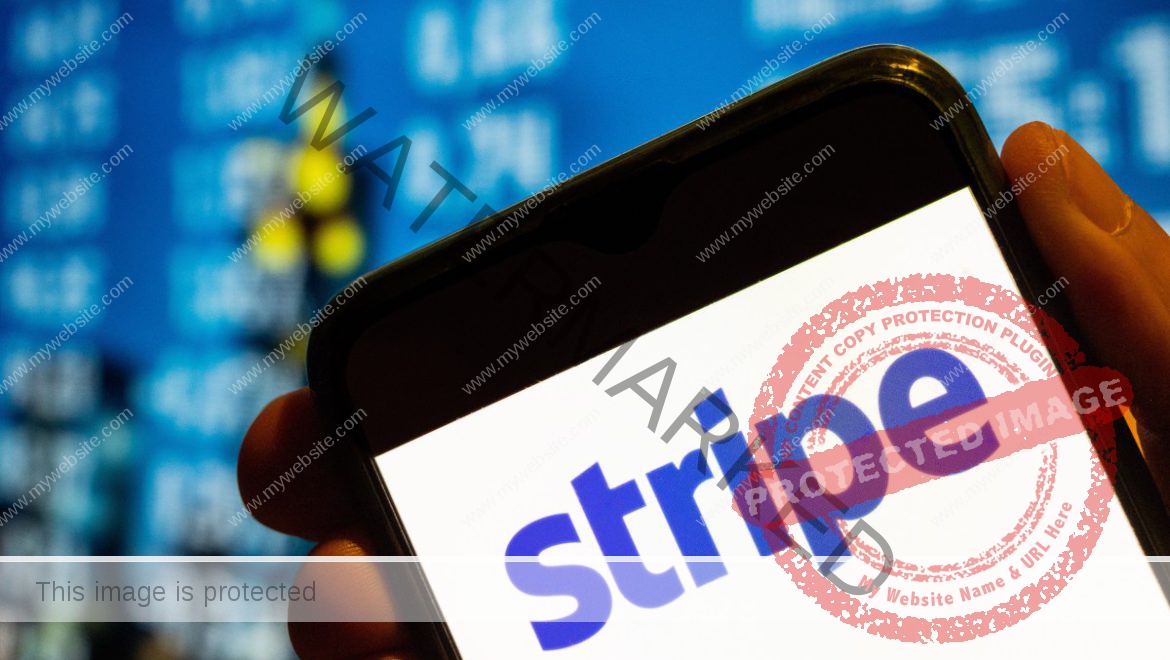Xona Space Systems closes $19M Series A to build out ultra-accurate GPS alternative | TechCrunch
For decades, the Global Positioning System (GPS) has maintained a de facto monopoly on positioning, navigation and timing, because it’s cheap and already integrated into billions of devices around the world. But Xona Space Systems thinks a more accurate system will be necessary to scale autonomous vehicles (AVs), advanced robotics and other technologies for the twenty-first century.
The startup plans to launch a satellite constellation in low Earth orbit that would act as a commercial GPS alternative. Called Pulsar, the network could potentially cost less to operate while offering more accurate geolocation data.
Xona was founded in 2019 by seven Stanford graduate school alumni; most met during grad school. CTO Tyler Reid went on to get his PhD there and worked in the university’s GPS Research Lab, later joining Ford’s autonomous vehicles group in 2017. He worked on “localization requirements,” or the level of navigation performance an autonomous vehicle or Driver Assist function needs to operate safely, and trying to develop or procure that tech.
Many vehicles today that integrate autonomous features use a combination of technologies, like cameras, lidar sensors and radar sensors to navigate. But Xona’s CEO Brian Manning said that while these sensors work well in structured environments, like cities, their efficacy is degraded in unstructured environments, like the middle of a desert. Fortunately, being unimpeded by buildings and other features, GPS tends to work very well in those places.
“The problem, though, is that GPS just has nowhere near the level of accuracy or really availability or robustness to be a complimentary sensor,” Manning said.
“That’s when we really started to realize how big the gap is between your GPS is today, and where the needs of at least the automotive market are and where they’re very quickly going,” he continued. “What if we could build a new GPS using more of the SpaceX mentality instead of the government contracting mentality?”
Xona’s approach is certainly more SpaceX than Boeing. The 31 satellites that provide GPS are all exquisite, ultra-expensive, and synchronized with nanosecond precision using massive on-board atomic clocks. In contrast, Xona’s Pulsar service is built on a patented “cloud architecture for atomic clocks,” as Manning put it, which he claimed will dramatically drive down the cost of each satellite but still provide orders of magnitude higher levels of accuracy. Think an accuracy of several centimeters, rather than meters.
Xona launched its first demonstration satellite in 2022 to demonstrate the core patented IP, and that satellite has now reached the end of its life. The first production-class satellite will launch in June 2025, and will be built by Belgian satellite manufacturer Aerospacelab. Xona is eventually aiming to launch a constellation of 300 satellites. Different customer groups will be able to start benefitting from the service even before the full constellation is operational, Manning said.
The company has designed its signal to be backwards compatible with many existing GPS chipsets, though some are “forwards compatible,” Manning said. But in general, chipsets will only need a firmware update to access the encrypted Pulsar signal.
While it might be hard to compete with a free service like GPS, Xona is convinced that there will be a huge market for advanced positioning, navigation and timing services due to the rise of AVs and other tech. Investors are behind this goal: on Tuesday, Xona announced the close of an oversubscribed $19 million Series A round led by Future Ventures and Seraphim Space, with participation from new investors NGP Capital, Industrious Ventures, Murata Electronics, Space Capital, and Aloniq.
Rob Desborough, a GP at Seraphim Space, described our dependence on GPS as an “absolute” in a statement. “Outages could cause incalculable damage to the global economy, while enhancement opens up whole new industries,” he said. “Waiting for GPS to fail, or for hostile powers to spoof it, is not an option for our security or commercial industries.”
This new funding round will go toward getting the first production-class satellite up in orbit, as well as building out the ground segment to support Pulsar and growing the 25-person team.












